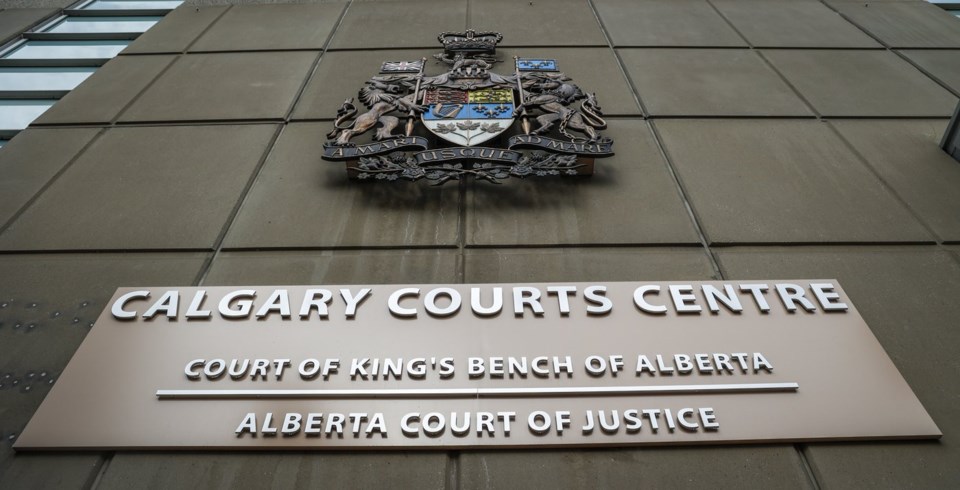Hospital bosses are trying to reduce the number of accident and emergency (A&E) patients in corridors and eliminate the problem altogether as a £62 million project moves ahead. They gave an update on the modernisation of the Emergency Department at the Royal Sussex County Hospital, in Brighton, to councillors at Hove Town Hall on Wednesday 23 April. They said: “The Emergency Department and wider acute floor is outdated and has been identified as needing improvement.
“While the hospital has benefited from the opening of the Louisa Martindale Building and is planning construction of a new Sussex Cancer Centre, the plans date back 20 years and Emergency Department improvement was not included at this time.” University Hospitals Sussex NHS Foundation Trust and NHS Sussex, the integrated care board, “recognised urgent and emergency care at the Royal Sussex is a system priority and agreed to significant funding to support an acute floor reconfiguration programme”. The hospital trust bosses said that the aims were to modernise services and make care and working practices more efficient, provide increased capacity to reduce patient waiting times and improve the environment for patients, families and staff.

University Hospitals Sussex chief executive George Findlay and Mark Edwards, the chief of medicine at the Royal Sussex, said that work started last year and was due to be completed in September 2027. They also took questions from Brighton and Hove City Council’s Health Overview and Scrutiny Committee. Mr Edwards, who is also a vascular surgeon, said that the opening of the Louisa Martindale Building in 2023 had freed up space elsewhere on the hospital estate in Eastern Road.
And a new surgical assessment unit had already opened, taking up to 26 surgical patients out of A&E. A medical assessment unit is due to open in October, with capacity for 64 patients who might otherwise be in A&E. It will have a “trolley and seated assessment area”.
When the first two phases are complete, the current Emergency Department will be refitted, creating three more resuscitation cubicles. Space for 11 more patients will be created in the waiting area for the Urgent Treatment Centre. Mr Edwards said: “It’s fair to say that the emergency department and the acute floor establishment at the Royal Sussex County Hospital are outdated.
“I’ve worked there in some capacity in one form or another over the last two decades and it hasn’t changed much in that period of time. “While the rest of the hospital site’s been subject to investment over the course of the last decade or so, it’s the case that the acute floor has not received the same attention.” He said that the department had not expanded to deal with the increasing number of patients and would have an extra CT (computerised tomography) scanner.
Mr Edwards said that the Urgent Treatment Centre was the first point of call for people walking in with less urgent problems. Labour councillor Julie Cattell asked why A&E had not been included in the business case for the main hospital modernisation. Dr Findlay said that the business case was approved in 2014 before he joined took charge and he could only deal with the situation as it was now.
Dr Findlay said: “One of the complexities (is) we’ve got to build something new while treating 250 to 300 patients a day through that department. “The only reason it’s possible now is because the Louisa Martindale Building opened and the space around the emergency department became vacated. “We were able to push the Emergency Department footprint back into the main hospital more and across into the assessment spaces.
” Councillor Cattell said that there had been a longstanding practical case for improving A&E which is rated by the Care Quality Commission (CQC) as requiring improvement. She said: “The front-facing thing of a hospital is A&E. To say, ‘oh, we can’t fit that in the business case,’ that’s completely bizarre.
I can’t understand it. “If you went back in time, would you say A&E is important and should be in the business case?” Dr Findlay said that the trust had to deal with the situation that it faced now but he added that A&E did not deal with the largest number of patients. He said that, across the trust’s hospitals, 350,000 people attended in an emergency but 1.
2 million came for outpatient appointments. Green councillor Raphael Hill asked about treating patients in corridors. The trust’s presentation included photographs of people on trolleys in corridors in January last year which were clear of patients in January this year.
Councillor Hill said: “Caring for older people in the corridor of the (Emergency Department) is sort of normal in our hospital. Obviously part of the purpose of the redesign is to try to resolve this. “Maybe the January photo isn’t fully reflective of all of the experiences throughout January.
” Dr Findlay said that improvements had been made in reducing the amount of time patients spent in corridors but there were peaks including the recent four-day bank holiday Easter weekend. He said that people were still treated in corridors but it was not all day every day and the situation was less frequent than it was a year ago. So far this year, fewer patients were spending more than 12 hours in the department, he said, and three-quarters of patients attending A&E over the Easter weekend were either discharged or in a hospital bed within four hours.
.
Health

Hospital bosses grilled about A&E as £62m project moves ahead

Hospital bosses are trying to reduce the number of accident and emergency (A&E) patients in corridors and eliminate the problem altogether as a £62 million project moves ahead















